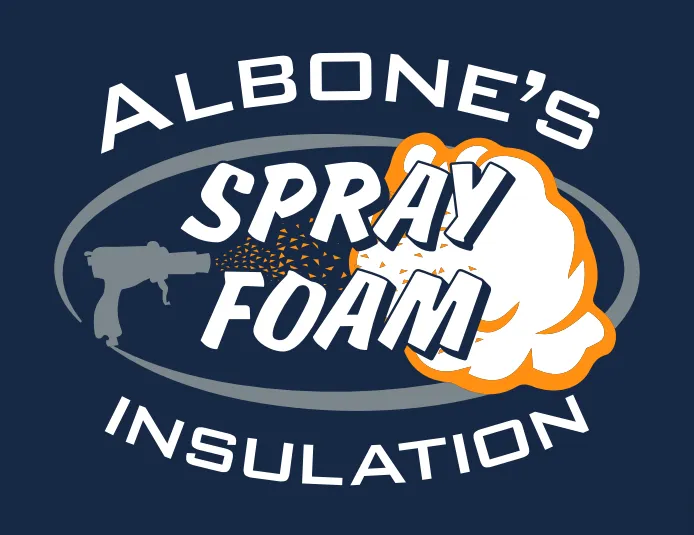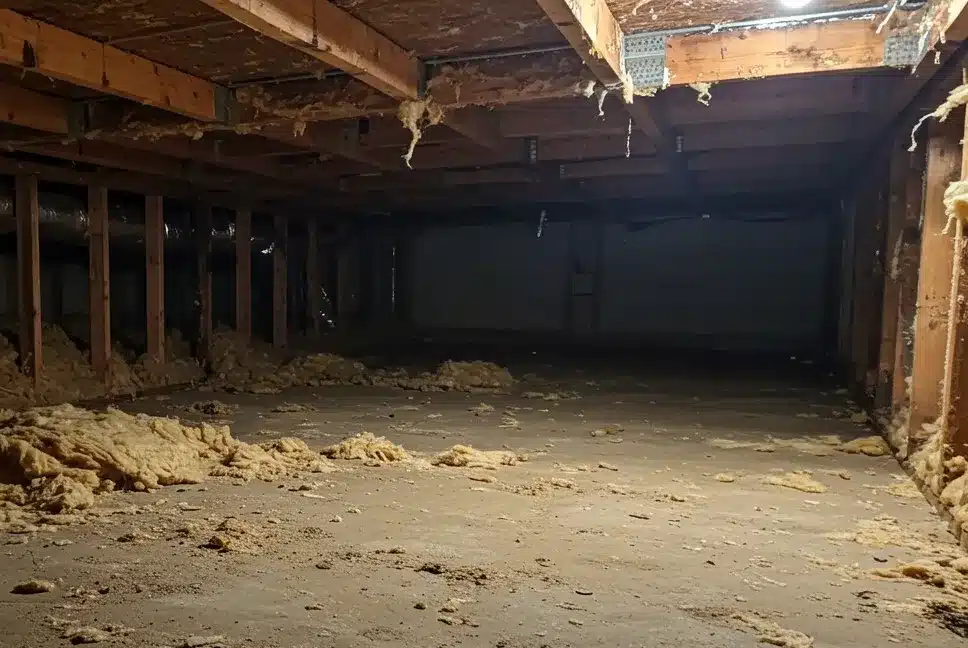Home insulation plays a significant role in maintaining energy efficiency, reducing heating and cooling costs, and enhancing indoor comfort. Over time, insulation can degrade, become contaminated, or lose its effectiveness. When upgrading or replacing insulation, a key question arises: should the old insulation be removed before installing new material?
The answer depends on several factors, including the condition of the existing insulation, the type of material being installed, and potential health concerns. Addressing these factors ensures the best outcome for energy efficiency and indoor air quality.
Signs That Insulation Removal Is Necessary
1. Presence of Mold, Pests, or Contaminants
Insulation that has been exposed to moisture is susceptible to mold growth, which can spread throughout the home and impact air quality. Additionally, rodent infestations can lead to contamination through droppings and urine, making insulation removal necessary to maintain a safe living environment.
2. Compressed or Deteriorating Insulation
Over time, insulation materials such as fiberglass batts and cellulose can settle or compress, reducing their effectiveness. If the insulation is no longer providing adequate thermal resistance, replacing it with fresh material will improve overall efficiency.
3. Fire or Smoke Damage
If a home has experienced fire or significant smoke exposure, insulation may have absorbed harmful particulates. This not only affects indoor air quality but also reduces the insulation’s ability to perform properly.
4. Presence of Asbestos or Other Hazardous Materials
Homes built before the 1980s may have insulation containing asbestos, which poses severe health risks when disturbed. Professional removal is necessary before installing new insulation.
5. Energy Inefficiency and High Utility Bills
If heating and cooling costs have increased significantly, outdated or degraded insulation may be to blame. In many cases, removing old material and replacing it with a modern, high-performance option leads to better energy savings.
Situations Where Old Insulation Can Be Left in Place
1. When the Existing Insulation Is in Good Condition
If the insulation is dry, free of contaminants, and retains its structure, it may not need to be removed. In such cases, adding a new layer of insulation on top can enhance thermal performance.
2. Upgrading with Certain Insulation Types
Some types of insulation, such as spray foam, can be applied over existing insulation if it does not interfere with adhesion or performance. However, this depends on the current insulation’s condition and type.
The Benefits of Professional Insulation Removal
1. Improved Energy Efficiency
Removing old, ineffective insulation allows for a fresh start, ensuring that the new material performs at its best. This maximizes energy savings and enhances indoor comfort.
2. Enhanced Indoor Air Quality
Old insulation can harbor allergens, mold spores, and pest-related contaminants. Removing and replacing it can improve indoor air quality and reduce respiratory issues.
3. Prevention of Structural Issues
Moisture-damaged insulation can contribute to wood rot and structural damage. Identifying and addressing these problems during the removal process prevents further deterioration.
4. Compliance with Building Codes and Safety Standards
New insulation materials meet modern energy codes and safety regulations, ensuring compliance and optimal performance.
Choosing the Right Replacement Insulation
Once old insulation is removed, selecting the right replacement material is crucial. Common options include:
- Spray Foam Insulation – Provides excellent air sealing and thermal resistance.
- Fiberglass Batts – A cost-effective choice for walls, attics, and floors.
- Blown-In Cellulose – Ideal for attic spaces and tight areas.
- Rigid Foam Boards – Used in basements, crawl spaces, and exterior applications.
Looking for Expert Insulation Services?
For homeowners considering insulation replacement, working with a professional ensures safe removal and proper installation. Albone’s Spray Foam specializes in efficient insulation removal and high-performance spray foam applications. Contact us at (585) 560-1369 or visit Albone’s Spray Foam to learn more.
Frequently Asked Questions
How do I know if my insulation needs to be removed?
Signs such as mold, pest infestations, high energy bills, and compressed insulation indicate that removal is necessary.
Can I install new insulation over old insulation?
It depends on the condition of the existing material. If it is dry, uncontaminated, and retains its structure, adding new insulation may be possible.
How much does insulation removal cost?
Costs vary based on factors like the size of the space, insulation type, and contamination level. A professional assessment provides a more accurate estimate.
What are the risks of keeping old insulation?
Outdated insulation may reduce energy efficiency, harbor allergens, and contribute to poor indoor air quality.
How long does insulation removal take?
The process typically takes a day or two, depending on the home’s size and the condition of the insulation.
Is insulation removal messy?
Professional removal minimizes mess through proper containment and disposal methods.
What type of insulation should I choose after removal?
Options include spray foam, fiberglass batts, blown-in cellulose, and rigid foam, depending on your home’s needs.
Can I remove insulation myself?
DIY removal is possible but not recommended for hazardous materials like asbestos or mold-contaminated insulation.
Does new insulation improve home value?
Yes, modern insulation enhances energy efficiency, which can increase property value.
Who should I contact for insulation removal and installation?
Albone’s Spray Foam provides expert insulation services. Call (585) 560-1369 or visit Albone’s Spray Foam for professional assistance.




